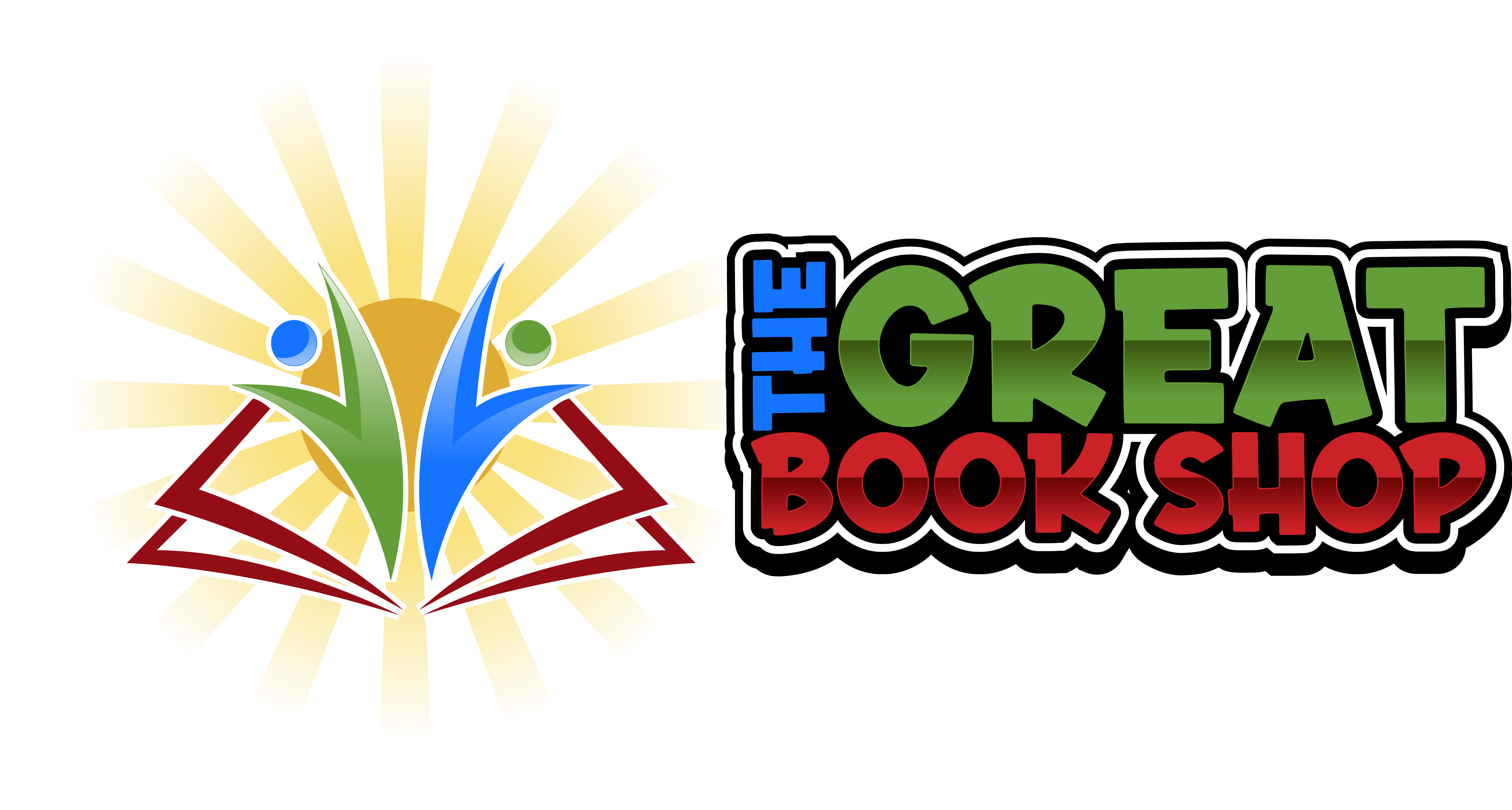Discover the Classics: A Guide to Classic Literature
As an expert in classic literature, I am often asked about the best way to discover and appreciate the classics. For those new to the genre or looking to expand their reading list, I highly recommend starting with a guide to classic literature.
One such guide is “Discover the Classics: A Guide to Classic Literature” by James Mustich. This comprehensive book is a great resource for anyone interested in exploring the world of classic literature.
The book is divided into chapters based on genre, such as poetry, drama, and fiction. Each chapter begins with an introduction to the genre, followed by a list of recommended works. The recommendations are not limited to the most famous or widely read works but also include lesser-known gems that are equally worthy of attention.
The book covers a wide range of authors, from ancient Greek poets like Homer and Sappho to contemporary writers like Toni Morrison and Gabriel Garcia Marquez. It also includes works from a variety of cultures, such as the epic of Gilgamesh from Mesopotamia and the Arabian Nights from the Middle East.
In addition to its comprehensive coverage, “Discover the Classics” is also a pleasure to read. Mustich’s writing style is engaging and accessible, making it easy for readers to understand and appreciate the works he recommends.
One of the book’s strengths is its emphasis on context. Mustich provides historical and cultural background information for each work, giving readers a deeper understanding of the world in which the work was created. For example, he explains the political and social climate in which George Orwell wrote “1984” and the influence of Darwin’s theories on the works of Charles Dickens.
The book also provides helpful tips for reading and understanding classic literature. Mustich suggests taking notes while reading, using a dictionary to look up unfamiliar words, and reading critical essays to gain a deeper understanding of the work.
Another useful feature of “Discover the Classics” is its index of themes. This allows readers to easily find works that address specific themes, such as love, death, or war. It also includes a timeline of literary history, which can be helpful for understanding how different works relate to each other chronologically.
Overall, “Discover the Classics” is an excellent resource for anyone interested in classic literature. Its comprehensive coverage, engaging writing style, and helpful tips make it a valuable addition to any reader’s library.
For those looking to dive deeper into a particular author or work, there are also many other resources available. Online forums and book clubs can provide a space for discussion and analysis of classic literature. Many universities and community organizations also offer courses and lectures on classic literature.
Reading classic literature can be a rewarding experience, providing insight into different cultures, historical periods, and human experiences. It can also be challenging, as the language and style of classic works can be unfamiliar to modern readers. However, with the help of guides like “Discover the Classics,” readers can gain a deeper appreciation for these works and the world they depict.
In conclusion, “Discover the Classics: A Guide to Classic Literature” is an excellent resource for anyone interested in exploring the world of classic literature. Its comprehensive coverage, engaging writing style, and helpful tips make it an essential addition to any reader’s library. Happy reading!

